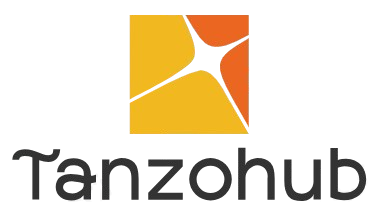The Top Features To Look for in Technology Expense Management Software
Technology expense management software serves as a guardian of budgets, which guarantees every dollar spent on technology is tracked, allocated, and optimally utilized. Businesses big and small are turning to this type of software to keep spiraling tech costs in check. Recognizing the key elements that comprise an effective technology expense management tool is imperative for financial officers and IT managers alike. Keep reading to discover what sets superior software apart from the rest.
Understanding Technology Expense Management Software
At its core, technology expense management software is designed to provide a transparent view of an organization’s technology-related expenditures. This encompasses costs associated with hardware, software licenses, cloud services, and maintenance agreements. With technology becoming increasingly central to business operations, managing these expenses effectively is vital to a company’s financial health.
Such systems typically offer a centralized platform for monitoring and approving technology costs, preventing unauthorized spending, and making sure that investments align with company policy and budgetary restraints. Furthermore, these tools can identify redundancies and optimize spending, thereby shaving off unnecessary expenses.
The best technology expense management software simplifies complex financial data, turning it into actionable insights. Platforms like Cimpl allow finance and IT teams to work collaboratively. This fosters an environment of fiscal responsibility and tech-savvy asset management.
Essential Features for Effective Cost Tracking and Management

An indispensable feature of proficient technology expense management software is detailed cost tracking. Such solutions must provide granular insights into each aspect of technology spending. From tracking software subscription renewals to monitoring data usage costs, a comprehensive overview is crucial for thorough cost management.
Effective software also allows for the categorization of expenses for better budgeting and forecasting. By distinguishing between capital expenditures and operational expenses, managers can make more informed planning decisions. Additionally, the ability to tag and monitor costs by department, project, or business unit aids in accountability and precise budget allocation.
Ease of use is another critical element; an intuitive user interface ensures that finance and IT staff can utilize the tool to its fullest potential without a steep learning curve. This usability translates to increased efficiency and better adoption across the organization.
Integration Capabilities With Existing Systems and Processes
Integration is a significant consideration when choosing technology expense management software. The ideal solution seamlessly melds with existing financial systems, such as enterprise resource planning (ERP) and accounting software. This creates a holistic and efficient financial management ecosystem, reducing manual data entry and the risk of errors.
Furthermore, software with API access expands its usefulness by interacting with other business applications. This connectivity allows for the automated exchange of data across platforms, ensuring consistency and accuracy in financial records.
Integration with vendor systems is also critical. The ability for the software to directly communicate with technology service providers can facilitate automated invoice retrieval and reconciliation, streamlining the payment process.
Streamlining Invoice Processing and Payment Workflows
An efficient technology expense management tool accelerates the invoice management process. The automation of invoice capture, validation, and payment can significantly reduce manual labor and the chance of late payment penalties.
Digital workflows within the software can direct invoices through the necessary approval channels, based on pre-established rules. This ensures that expenditures are reviewed by the relevant stakeholders, maintaining oversight while also speeding up the process.
The software should also have the functionality to manage disputes with vendors over billing errors or discrepancies. This capability ensures that companies only pay for the services and products they have accurately procured.
Reporting Tools and Analytics for Informed Decision Making

Advanced reporting tools are the backbone of strategic technology expense management. Comprehensive analytics permit businesses to delve into spending patterns, spot irregularities, and identify opportunities for cost-cutting measures.
Data visualization features, such as dashboards and graphs, make it easier for stakeholders to interpret complex data. This visual approach can be particularly useful when presenting information to business leaders who need to make quick but informed decisions.
Trend analysis powered by predictive analytics not only reports on past and current spending but also forecasts future trends. This predictive power can prove invaluable in budget preparation and long-term financial planning.
Overall, the right technology expense management software can make a significant impact on an organization’s ability to control and optimize technology spending. By focusing on these key features, companies can ensure they select a tool that provides both immediate benefits and scales with their growth.






